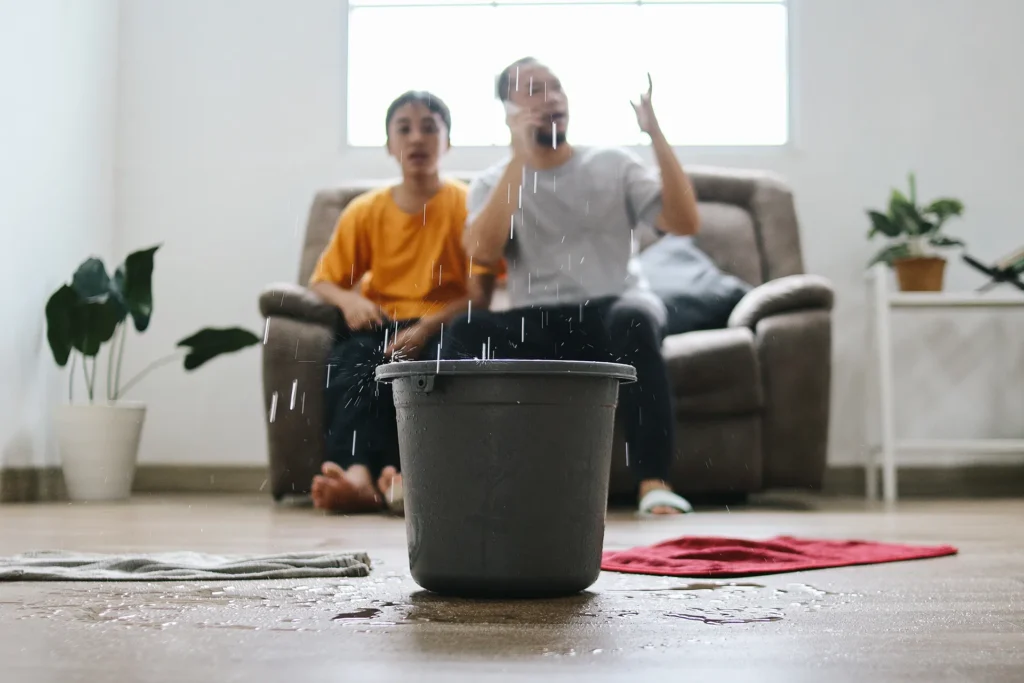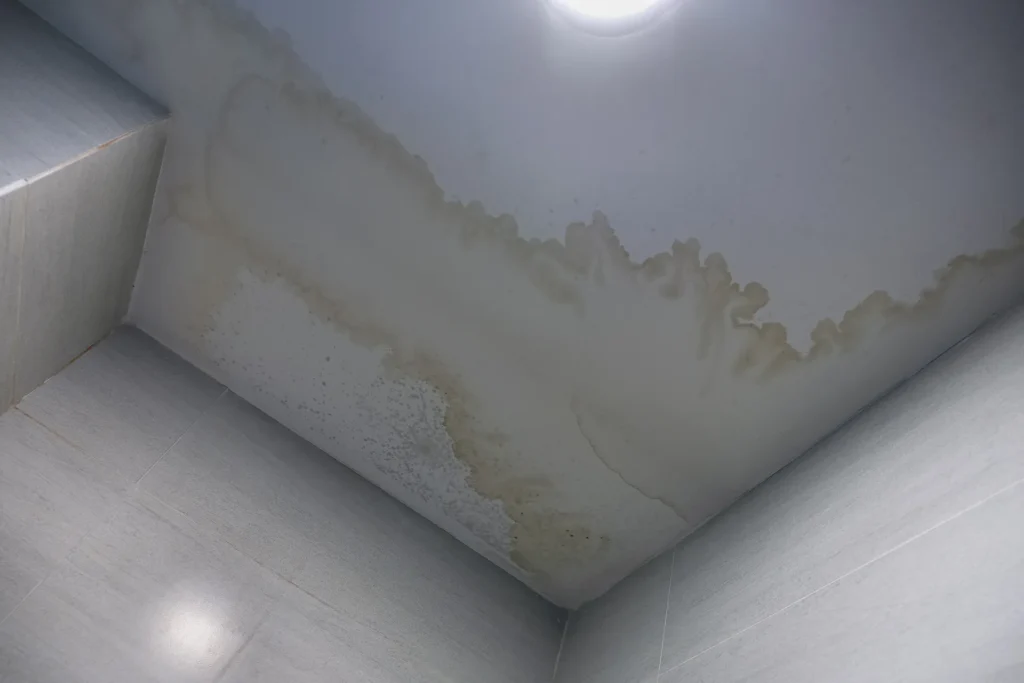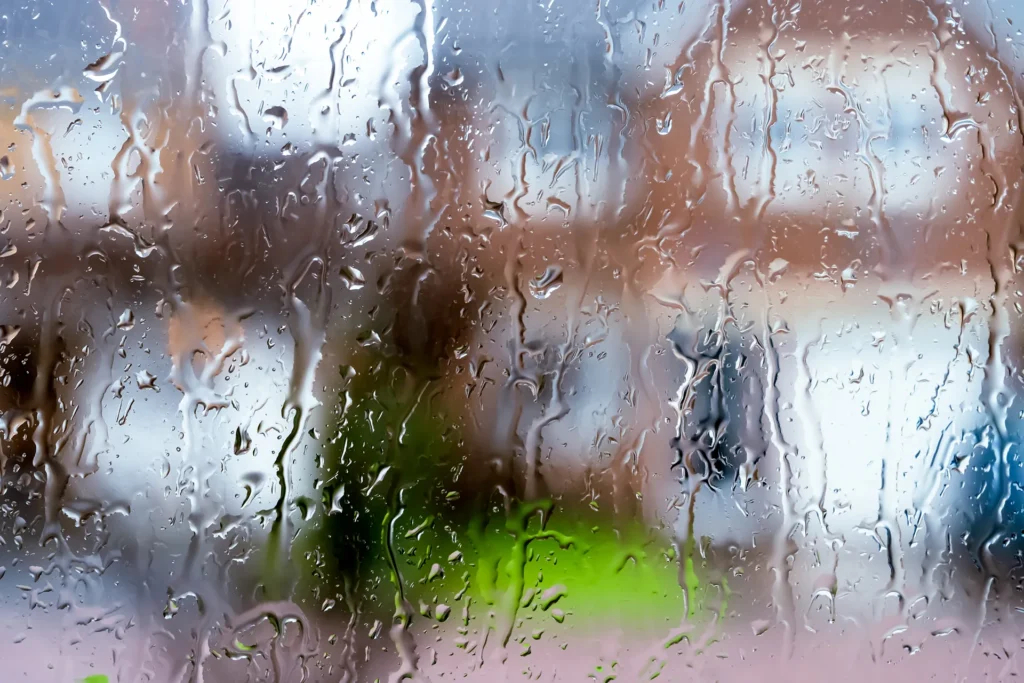Reading Time: mins
A small roof leak might seem like a minor inconvenience—but it can quickly snowball into major problems. Water that enters through even the tiniest breach in your roofing system doesn’t just stay put. It travels—following gravity and seeping into hidden areas where it can silently destroy the structure and systems of your home. The longer you delay repairs, the worse the situation becomes.

Many homeowners think a small leak is harmless—just a drip in the attic or a faint stain on the ceiling. But water has a persistent and invasive nature. Once it finds a way in, it seeps into beams, insulation, drywall, and flooring. It doesn’t take a flood to cause serious damage; a slow, steady trickle over days or weeks can be just as destructive.
Neglecting to address the leak allows moisture to spread unchecked, leading to internal decay that isn’t immediately visible. By the time you notice warped walls or sagging ceilings, the damage is already extensive.
Impact on your home:
Water undermines your home’s structural integrity by rotting wooden framing, weakening drywall, and compromising flooring systems. Even finished living spaces can become unstable. What appears minor on the surface often signals deep, hidden deterioration.
Mold thrives in damp, dark environments—exactly the kind of space a leak creates inside walls or ceilings. Once moisture penetrates your home’s building materials, mold spores can take root and begin to spread. You may not even see the mold until it’s already made a significant impact.
Many people experience allergic reactions, respiratory irritation, or sinus problems when exposed to mold. But beyond health risks, mold is incredibly difficult and expensive to remove once it’s established inside the home.

Impact on your home:
Mold deteriorates drywall, wood, and insulation, creating a need for full replacement in affected areas. It can infiltrate your ventilation system, circulating spores throughout the house. Even professional remediation can’t always eliminate the damage mold leaves behind.
Water doesn’t just ruin wood and drywall—it also threatens your home’s wiring. A slow leak can trickle into ceiling fixtures, outlets, or electrical panels, exposing live wires to moisture. This creates a serious risk of shorts, corrosion, or even electrical fires.
You might notice flickering lights or circuit breakers that trip frequently, but the root cause is often hidden inside walls where moisture is collecting around electrical components.
Impact on your home:
Moisture-damaged wiring becomes unreliable and hazardous. Repairs often require opening up walls and ceilings, replacing wiring, and possibly upgrading panels to bring everything back up to code. It’s not just a nuisance—it’s a significant safety threat that could endanger your home and family.
Most attics and wall cavities are filled with insulation to regulate indoor temperatures and reduce energy costs. However, insulation is extremely vulnerable to water damage. Once it becomes damp, it loses its ability to insulate effectively and may even become a health hazard.
Saturated insulation doesn’t dry out on its own. It can begin to collapse, trap odors, or harbor mold. Even if you don’t see a dramatic temperature change right away, your heating and cooling systems are likely working overtime to compensate.
Impact on your home:
Wet insulation allows heat to escape in winter and hot air to infiltrate in summer, making your HVAC system work harder and increasing your energy usage. Over time, this puts strain on your equipment and drives up utility bills, all while making your home less comfortable.
A single missing shingle or cracked flashing may not seem urgent, but over time, small vulnerabilities compromise the entire roofing system. Water intrusion slowly deteriorates the underlayment and sheathing beneath your shingles, especially in older roofs.
With repeated exposure to rain, snow, or ice, what began as a localized problem can affect entire roof sections. The materials weaken, shingles loosen, and the integrity of the roof deck becomes compromised.
Impact on your home:
Your roof’s lifespan shortens dramatically when leaks go unchecked. You may go from needing a simple patch to requiring full roof replacement sooner than expected. A weakened roof also leaves your home more exposed to storm damage and further leaks.
When water damage begins to affect visible areas—such as ceiling stains, peeling paint, musty smells, or warped floors—it starts impacting your home’s appearance and livability. These cosmetic signs of a deeper problem make a lasting impression on visitors, appraisers, and potential buyers.

Even if you cover the visual damage, home inspections will reveal the history of leaks, leading to questions about how well the home has been maintained. Water damage is a red flag that raises concerns about mold, structural issues, and ongoing maintenance costs.
Impact on your home:
A history of water intrusion can cause buyers to walk away or negotiate significantly lower prices. Your home becomes harder to sell and may lose value compared to similar properties in your area. Even if you’re not selling right away, the livability and comfort of your home are compromised.
A roof leak is more than just a maintenance issue—it’s a warning sign. The longer it’s ignored, the more systems in your home are affected, and the higher the risk of serious damage. Acting quickly is the best way to protect your investment and prevent a small issue from becoming a massive repair project.
If you’ve noticed a ceiling stain, a strange odor, or any sign of moisture after a storm, don’t wait. Schedule a professional inspection to find the source and take care of it before it causes long-term damage.
Contact Provision Roofing today to schedule a thorough roof inspection and stay ahead of the damage.
Copyright © 2025. Provision Roofing & Restoration. All rights reserved.
Website By CGC